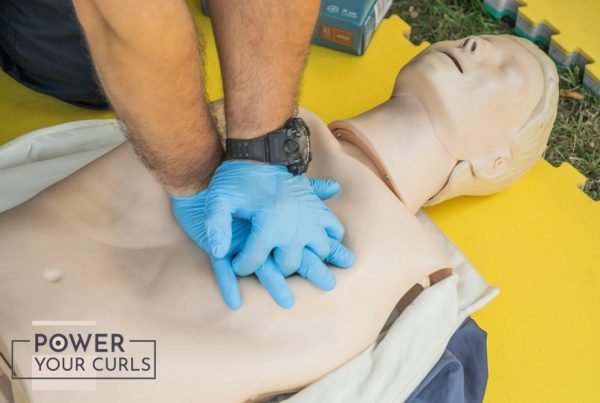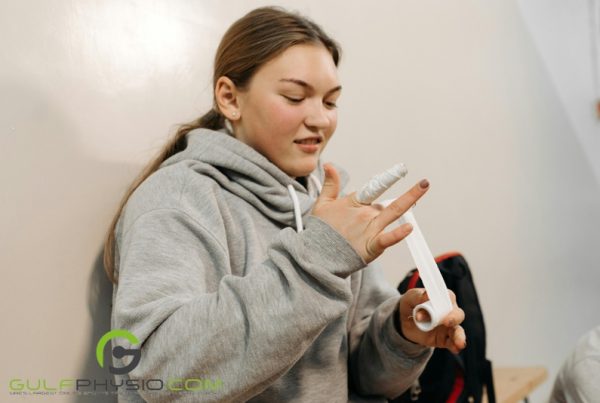Cardiopulmonary Resuscitation is a procedure we are all probably familiar with. It’s often depicted in movies and television, being given to drowning victims as a rescue effort. While pop-culture makes it look easy, it may shock you to know that a majority of the population does not know how to provide this life-saving procedure.
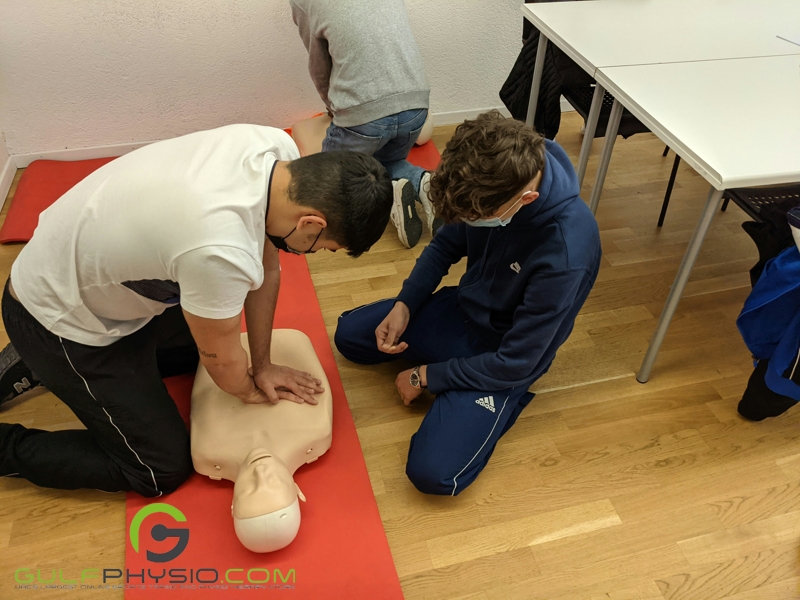
What is Cardiopulmonary Resuscitation?
More commonly known by its acronym, CPR, is an emergency medical procedure that is provided when a patient’s heart stops beating. The procedure utilizes chest compressions and/or mouth-to-mouth breathing to restart the heart and keep blood circulating.
Types of CPR
Hands only CPR
Hands-only CPR is a crucial skill that involves pushing hard and fast in the center of the chest at 100-120 times per minute. This type also involves calling 9-1-1 (or your local equivalent), sending for an AED if possible, and providing continuous chest compressions while waiting for emergency responders.
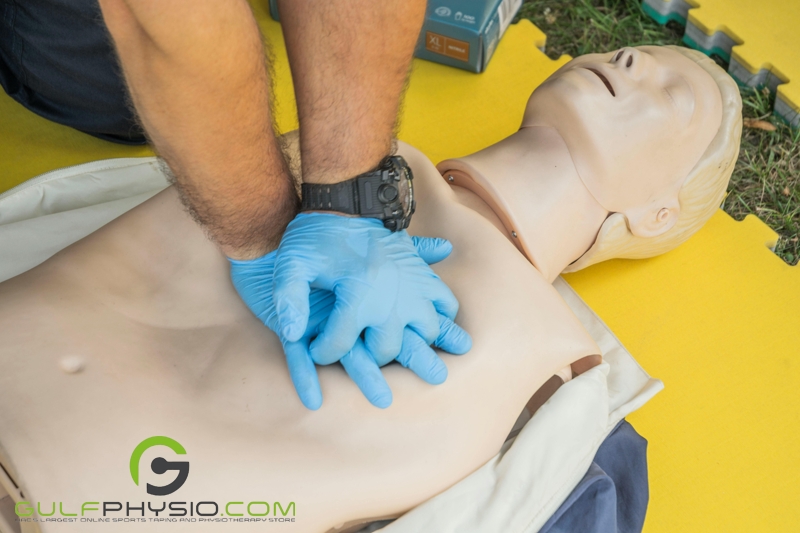
CPR with breaths
This type of CPR consists of rescue breaths and chest compressions. Give breaths after every 30 compressions, approximately every 20 seconds. Although performing hands-only CPR can save lives, learning CPR with breaths improves confidence and may be beneficial in future emergency situations.
The Importance of CPR
In cardiac arrest, cardiopulmonary resuscitation (CPR) is essential because it keeps blood circulating through the body and safeguards vital organs from harm. We need more trained bystanders to help save lives. About 1 in 4 patients who receive prompt CPR in a hospital survive and return home, while 1 in 10 patients who receive it outside of a hospital survive.

CPR can prevent Cerebral Hypoxia
When the brain doesn’t get enough oxygen, it can lead to cerebral hypoxia, which damages important organs. In under three minutes after cardiac arrest, cerebral hypoxia can occur in the brain resulting from insufficient blood supply. Damage may become irreparable after nine minutes. CPR can lessen the damage and preserve blood flow.
More successful recovery
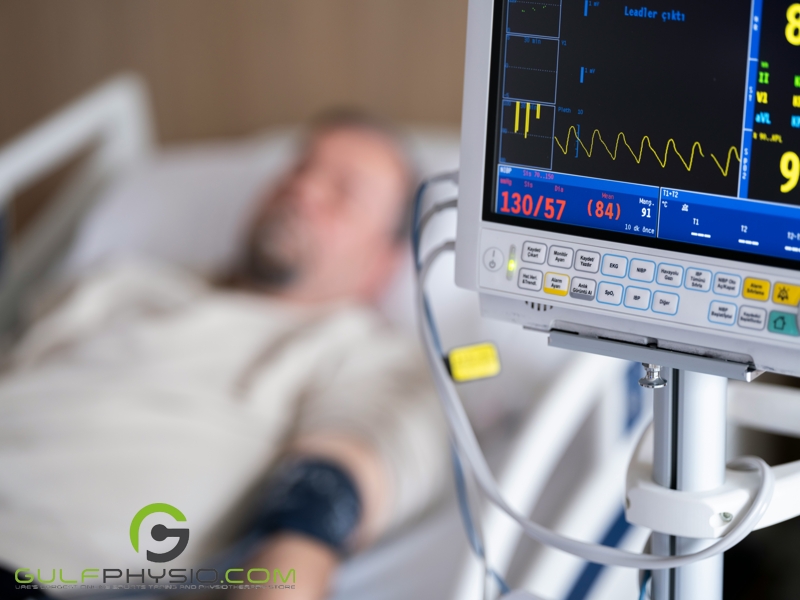
In cases of Out of Hospital Cardiac Arrests (OHCA), performing CPR as soon as possible can greatly improve recovery and survival rates. It helps in recovery by restoring blood flow and respiration. The most frequent locations for OHCAs are households (73.4%), followed by public places (16.3%) and assisted living facilities (10.3%). Immediate CPR doubles or triples the chances of survival.
CPR Training
As previously mentioned, only a small portion of the global population knows how to administer CPR. According to a review published in 2021, approximately only 40% of the global population are trained in CPR. Luckily, emergency response training resources are available globally; these classes provide comprehensive coaching not only in CPR, but other emergency situations as well such as treating burns, poisoning, and procedures for seizures and strokes
How to provide CPR
CPR is more than just simply pressing down on a person’s chest. Lack of training and knowledge could harm the patient rather than help, so it is important to know how to handle an emergency situation even if you lack formal training in providing emergency medical care.
What to do before performing CPR?
Before starting CPR, your first action should be to call for an ambulance, especially if you lack CPR training. The dispatcher at the other end can help guide you through the steps on how to perform the procedure until emergency responders arrive.
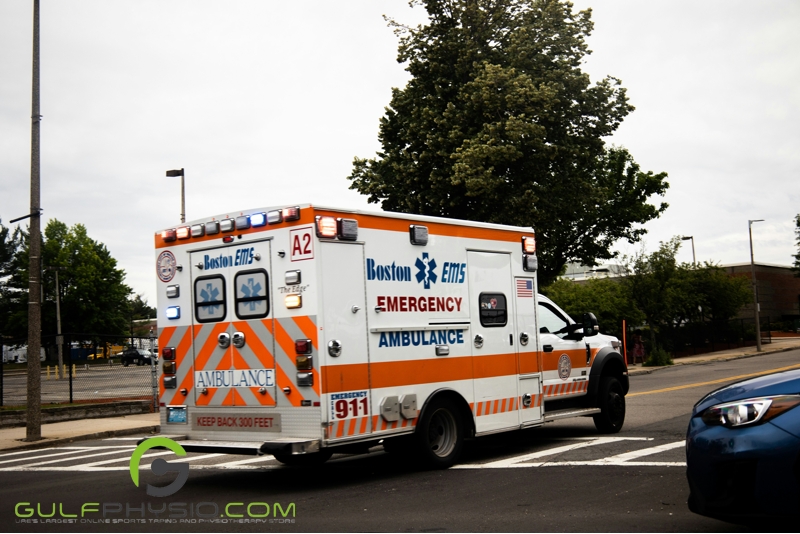
The ABC’s of CPR
The three steps of Basic Life Support—Airway, Breathing, and Circulation—determine the order for performing CPR life-saving techniques. The ABC method for CPR and basic life support provides high-quality CPR training in minimal time.
A for Airway
Because it might result in cardiac arrest, airway care is essential in cases of respiratory failure. To begin the rescue breaths, tilt the victim’s head back at a 45-degree angle and move the chin forward to clear the airway. Check visually for airway obstructions, such as loose teeth, vomit, blood, or food, and remove any easily accessible ones. If an obstruction cannot be removed, leave it in place.
B for Breathing
Gently roll the patient onto their side to the recovery position if their breathing is normal. If the patient’s breathing is irregular or absent, CPR is required. Tilt the head back and do mouth-to-mouth breathing techniques, which include 30 chest compressions and two life-saving breaths. Use a bag mask if one is available to stop the spread of an infection. Breathe 10–12 times each minute, making sure the patient’s chest rises and falls with each breath. Proceed with CPR if the person does not regain consciousness.
C for Circulation/Compression
Perform chest compressions within the first ten seconds of a victim losing consciousness or breathing abnormally to guarantee rapid blood circulation and improve survival rates. Restoring blood flow is essential to avoiding oxygen deprivation of critical organs, such as the brain, which can result in serious medical conditions.
CPR: A step-by-step guide
We mentioned in a previous section that there are two types of CPR. We’ll be going through the steps of each, though it should be kept in mind that the best way to learn CPR training is by seeking professionally taught classes.
Hands only CPR
- Place both of your hands in the center of the person’s chest, just below their nipples, with one hand over the other. When assisting a child younger than eight years old, place one hand just above the child’s breastbone.
- Using your body weight, press your hands firmly onto the center of their chest for a second. Use your hand’s heel or the area right before your wrist. Don’t bend your elbows.
- Repeatedly perform chest compressions 100 to 120 times per minute. Push the compressions down 2 inches each time, ensuring the patient’s chest fully rises before pushing down again.
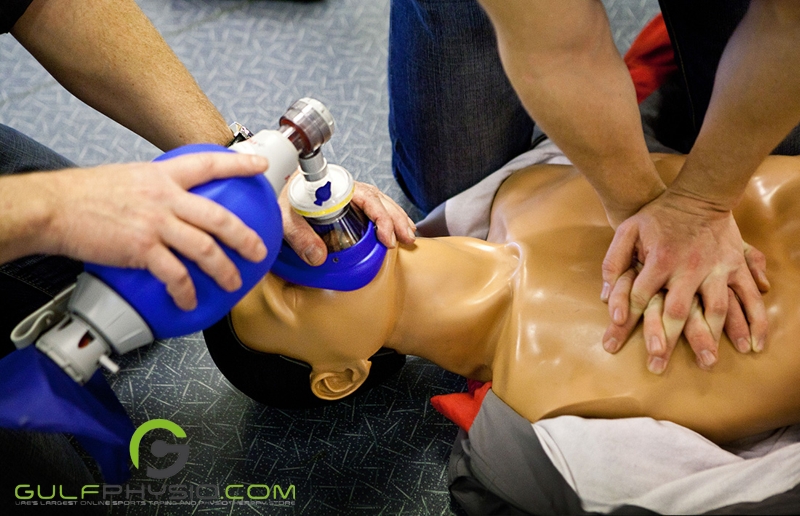
CPR with breaths
- If you’ve received CPR training, you can give the person two mouth-to-mouth rescue breaths by pausing compressions. For every 30 compressions (about 20 seconds), give two breaths.
- Tilt the patient’s head back slightly and lift their chin while pinching their nose shut.
- Place your mouth over the patient’s and blow a breath. Their chest ought to rise. If you can’t feel the person’s chest rise, inspect for a blockage in their mouth. Following two breaths, resume chest compressions.
- Continue with chest compressions until the patient regains consciousness or medical responders arrive.
The Risks of CPR
The life-saving procedure known as cardiopulmonary resuscitation (CPR) involves a great deal of effort to maintain blood circulation and perform chest compressions. Due to this, there is a potential for injury, and for people with underlying medical issues, it can be dangerous. The potential benefits of CPR could change based on the patient’s general health. It is advised that you speak with a reliable healthcare professional regarding your chances of recovery or prognosis in the event that you need CPR.
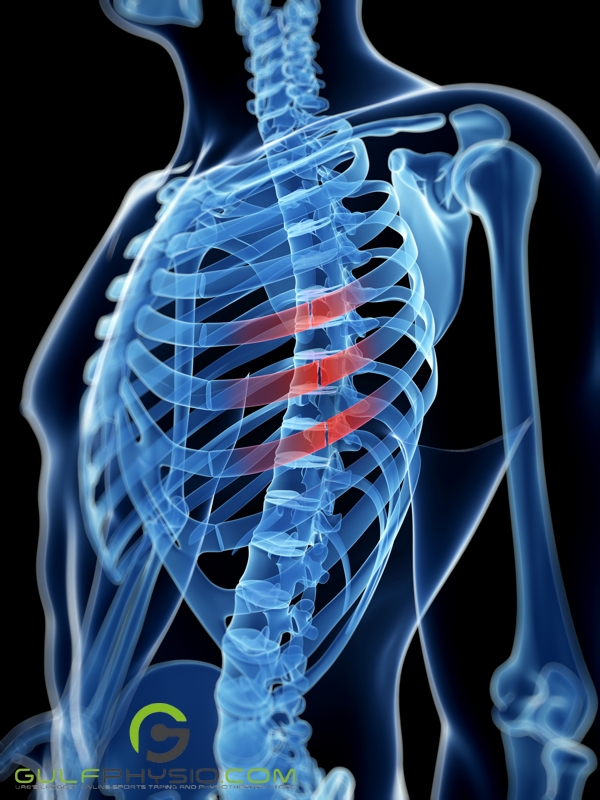
Broken Bones
Even when performed correctly, CPR can result in broken and/ or fractured bones in the chest area, especially in women, older individuals, and individuals with smaller frames.
Collapsed lungs
Known medically as pneumothorax, collapsed lungs may occur due to excessive pressure from CPR. In a study from 2024, as much as 11% of patients that received CPR in out-of-hospital settings suffer from collapsed lungs.
Neurological Issues and Cognitive Impairments

It was previously mentioned that in cases when a person is not immediately provided with CPR, it may lead to cerebral hypoxia. Unfortunately, one of the most common side effects of this is the development of neurological problems and a decrease in cognitive functioning.
This event, sometimes referred to as “post cardiac arrest brain injury” (PCABI), results in two-thirds of fatalities following cardiac arrests.
In Summary
Cardiopulmonary Resuscitation (CPR) is an emergency medical procedure that is performed when a patient’s heart stops beating. It involves chest compressions and/or mouth-to-mouth breathing to restart the heart and keep blood circulating. There are two types of CPR: hands-only CPR and CPR with breaths. CPR is essential in cardiac arrest, as it keeps blood circulating and safeguards vital organs from harm. It can prevent cerebral hypoxia, which damages important organs, and improve recovery rates in Out of Hospital Cardiac Arrests (OHCA). Only about 40% of the global population is trained in CPR, but emergency response training resources are available globally.
CPR should be performed within the first ten seconds of a victim losing consciousness or breathing abnormally to guarantee rapid blood circulation and improve survival rates
Disclaimer
GulfPhysio.com and all of its content are for informational purposes only. All information is believed to be accurate at the time of posting and should NOT be taken as professional medical advice. Please seek a medical professional in the event of pain or injury.
Want to learn more about health, pain management, and disease? Then read our articles “The Importance of Patient Safety: A GulfPhysio Guide” and “Moments from Catastrophe: The Importance of First Aid During Emergencies”.

